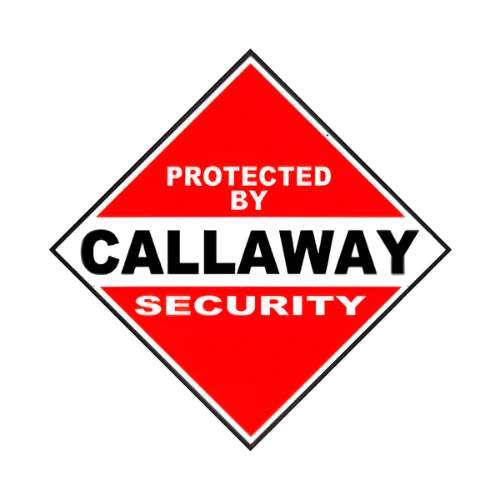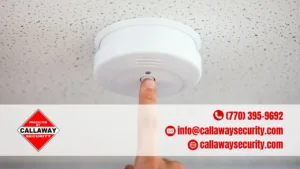Yes, smoke dampers typically need to be connected to a fire alarm system. This connection is crucial for ensuring that the dampers automatically close in the event of a fire, helping to contain the spread of smoke and flames, thus enhancing the safety of building occupants.
Smoke dampers play a critical role in fire safety by preventing the spread of smoke through a building’s ventilation system. When connected to a fire alarm system, these dampers can automatically close upon detection of smoke, contributing to both smoke and fire containment. Understanding the importance of this connection and the specific requirements for smoke damper operation is essential for maintaining safety and compliance with local building codes.
Key Takeaways:
- Smoke dampers must be connected to a fire alarm system for automatic operation during a fire.
- They prevent the spread of smoke through HVAC systems, protecting occupants.
- Building codes and regulations often require these connections for safety and compliance.
- Smoke detectors are crucial for activating smoke dampers, and they must meet specific requirements based on the installation environment.
- The HVAC system integration ensures dampers close upon fan shutdown in the event of a fire.
Importance of Connecting Smoke Dampers to Fire Alarms
Smoke Containment
Smoke dampers are designed to prevent the spread of smoke by closing off ducts and ventilation pathways when smoke is detected. This containment is vital in minimizing the spread of toxic fumes, which can be more deadly than the flames themselves. When integrated with a fire alarm system, smoke dampers are automatically triggered to close, ensuring that smoke remains confined to the area of origin, giving occupants more time to evacuate safely.
Fire Containment
In addition to containing smoke, smoke dampers also play a role in fire containment. By closing the ducts, they can limit the amount of oxygen available to the fire, potentially slowing its spread. This is particularly important in large buildings where fire can quickly move through interconnected spaces. The connection to a fire alarm system ensures that the dampers respond quickly, closing as soon as the fire is detected.
Safety and Compliance
Safety regulations and building codes often require that smoke dampers be connected to a fire alarm system. This requirement is in place to ensure that the dampers function as intended in an emergency. Failure to comply with these regulations can result in fines, legal issues, and, more importantly, compromised safety. It is crucial to consult with building inspectors and fire safety professionals to ensure that all components, including smoke dampers and fire alarms, are installed correctly and meet local codes.
Smoke Detector Requirements for Smoke Dampers
Installation of Smoke Detectors
For smoke dampers to function properly, they must be connected to smoke detectors. These detectors can be installed either inside the duct, near the damper, or outside the duct with sampling tubes that protrude into the duct. The location of the detector is critical, as it must be placed within 5 feet of the damper to ensure quick detection of smoke.
Performance Criteria for Smoke Detectors
The smoke detector must be listed for specific conditions, including the air velocity, temperature, and humidity present at the point of installation. These factors can affect the detector’s ability to accurately sense smoke and activate the damper. Selecting the correct type of smoke detector is essential for ensuring reliable operation in the event of a fire.
Activation of Smoke Dampers
Smoke dampers are activated by the smoke detection system, which sends a signal to the dampers to close when smoke is detected. In some cases, smoke dampers can also be controlled from a fire command center, allowing for manual operation if needed. This redundancy ensures that the dampers can be activated even if the automatic system fails.
Connection to the HVAC System
Smoke dampers are often integrated with the building’s HVAC system, requiring them to close when the system’s fans shut down in response to a fire. This prevents smoke from being circulated through the building’s air ducts, reducing the spread of smoke to other areas. However, local codes may have specific requirements regarding the connection between smoke dampers and the HVAC system, particularly when area smoke detectors are used for activation.
Compliance and Building Code Considerations
Local Building Codes
The specific requirements for connecting smoke dampers to a fire alarm system can vary based on local building codes. These codes are designed to ensure that all safety systems work together to protect occupants in the event of a fire. It is essential to consult with local authorities or a qualified fire safety professional to understand the specific requirements for your building.
Regular Maintenance and Testing
To ensure that smoke dampers and their connections to fire alarm systems remain functional, regular maintenance and testing are required. This includes checking the operation of the smoke detectors, testing the damper’s response time, and ensuring that all connections are secure. Regular inspections can identify potential issues before they become critical, ensuring that the system will function properly in an emergency.
FAQs/People Also Ask
What is the primary function of a smoke damper?
A smoke damper’s primary function is to prevent the spread of smoke through a building’s HVAC system by closing off ducts when smoke is detected.
Are smoke dampers mandatory in all buildings?
The requirement for smoke dampers depends on the building type and local building codes. They are typically required in commercial and multi-story residential buildings.
How are smoke dampers tested?
Smoke dampers are tested by activating the smoke detection system and verifying that the dampers close as expected. This testing is usually done during regular fire safety inspections.
Can smoke dampers be manually operated?
Yes, smoke dampers can be manually operated from a fire command center, providing an additional layer of control in an emergency.
What happens if a smoke damper fails during a fire?
If a smoke damper fails to close during a fire, it can allow smoke to spread through the building, increasing the risk to occupants and potentially making the fire more difficult to control.
Ensuring Safety with Proper Smoke Damper Connections
Connecting smoke dampers to a fire alarm system is a critical component of building safety. This connection ensures that the dampers automatically close when smoke is detected, helping to contain both smoke and fire. By adhering to local building codes and ensuring regular maintenance, building owners can protect occupants and reduce the risk of fire-related injuries or damage. Proper installation and connection of smoke dampers are not just a regulatory requirement—they are an essential part of a comprehensive fire safety strategy.












